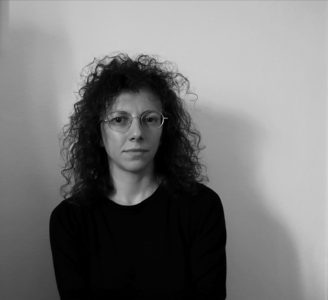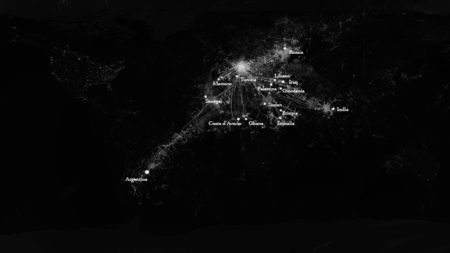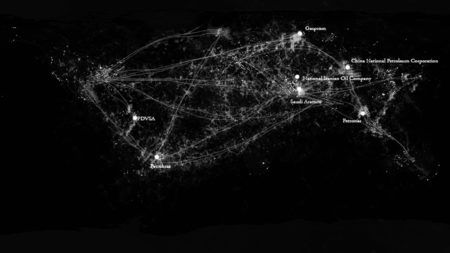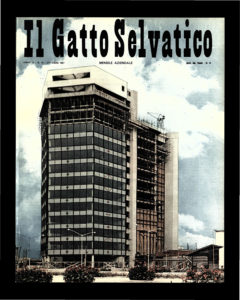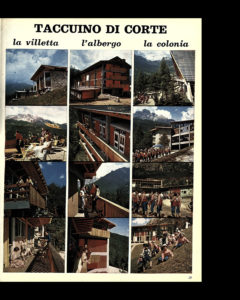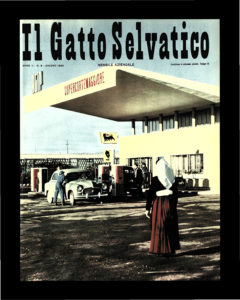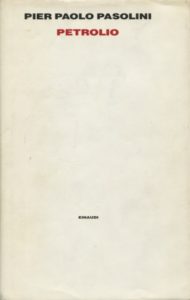Workshop I, Arianna Mondin, 7 May 2020
Arianna Mondin, currently a PhD student at the University of Genoa and on the editorial staff of Vesper. Journal of Architecture, Arts & Theory (Iuav University of Venice), presents the research she undertook for her Master’s degree in Architecture at the Academy of Fine Arts, Vienna: Architettura di Petrolio. In this analysis of Italian writer and film director Pier Paolo Pasolini’s unfinished last book Petrolio (1972-75), she asks: “What is the architecture of oil today?”
Petrolio, intended by Pasolini as a “form” consisting of appunti (notes) rather than as a novel, relates in interwoven multiple narratives a story of power and oil exemplified by Italian company Eni. As oil and power arrive around the world, we see how everything is connected by this liquid. The text itself has a magmatic, changing form, as it presents the ambiguous simultaneous qualities of oil as precious, worthless and toxic.
Arianna’s presentation chronicles the history of Eni through the chairmanships of Enrico Mattei (1953-62) and Eugenio Cefis (1967-71) and Eni’s important role as an architectural client. The motorway’s “autogrill”, service stations and large-scale housing for workers in the industry changed the Italian landscape during this “golden age” of the industry.
Arianna reaches three conclusions, or rather three defining spaces, for today’s architecture of oil. These spaces, such as data centres, create a world that is closed yet connects everything.
They define “an architecture that is connected with the ground and also ventures into the dark under-ground; a closed architecture that protects what is precious; a magmatic architecture where matter changes state and so identity is put into crisis.”
Pier Paolo Pasolini I Petrolio I Eni I architecture of oil I magmatic I autogrill I housing I data centres
